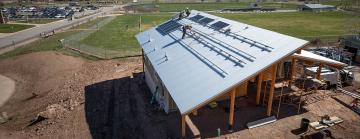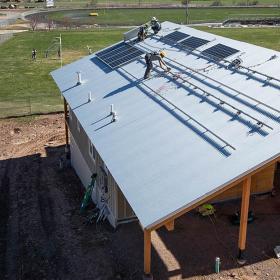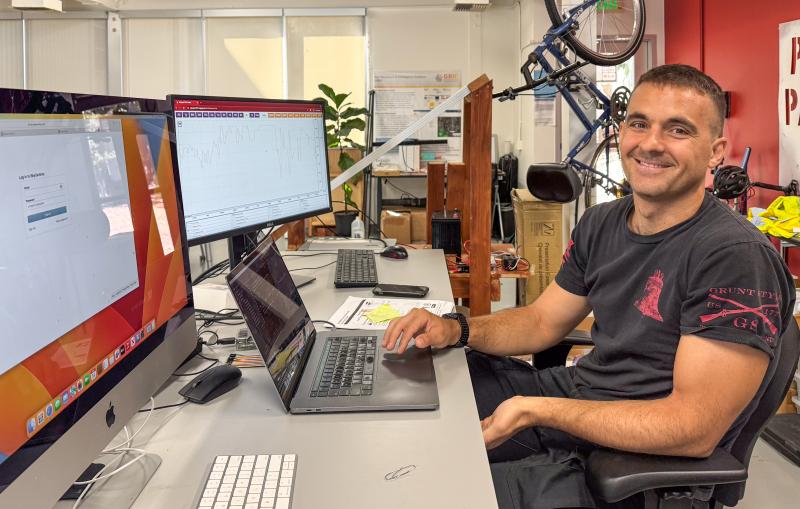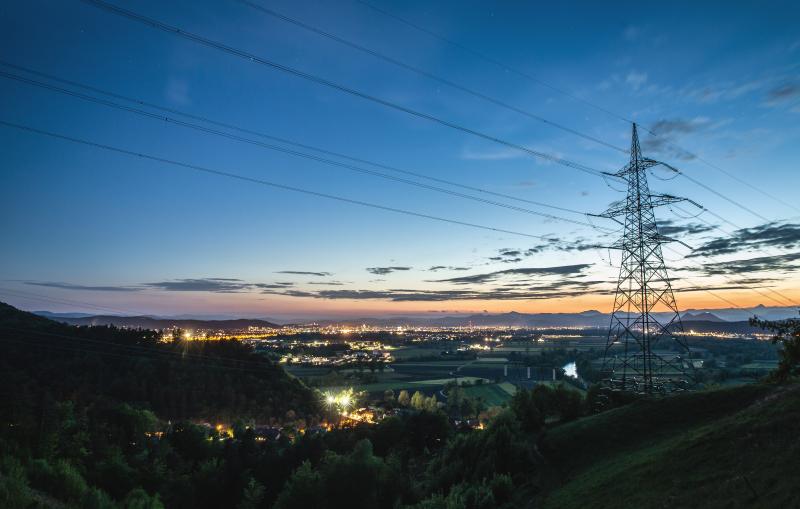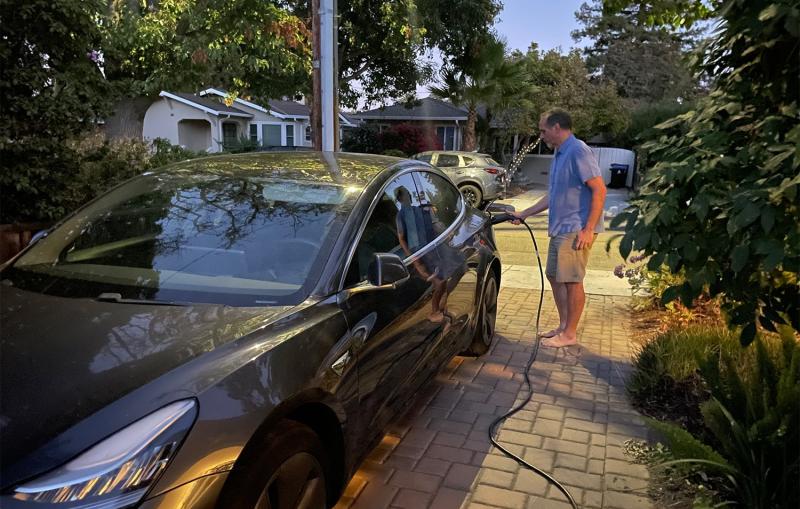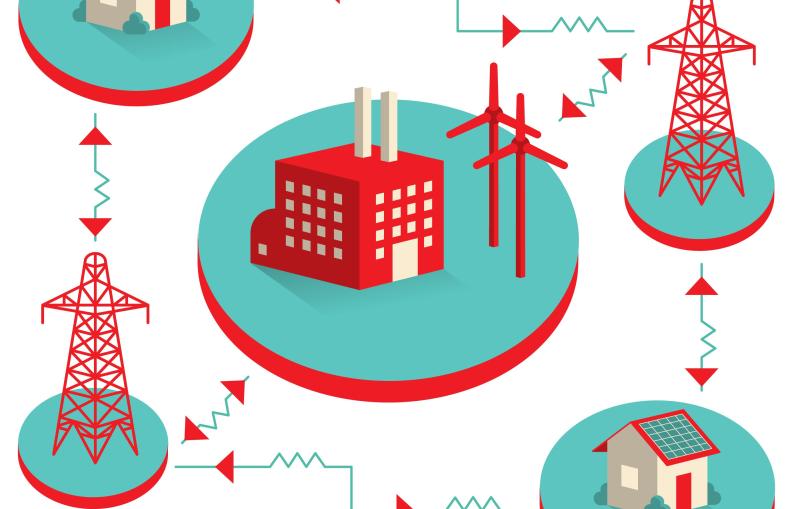GISMo lab's innovative plan to make electricity cheaper, greener and more reliable
A cellphone-sized device automatically adjusts a home's power use up or down to save the consumer money and increase the resiliency of the electric grid.
By Kimberly Hickok
The impacts of climate change are pushing electrical grids around the world to their limits. Last year, an unprecedented polar vortex caused consumers in Texas to crank up their thermostats and overwhelm the power grid, resulting in days-long power outages. And in California, power is preemptively shut off during high fire-risk weather conditions.
To combat the electric grid's vulnerabilities while also reducing reliance on non-renewable sources of energy, researchers at the Department of Energy's SLAC National Accelerator Laboratory have developed technology that automatically adjusts a home’s power use up or down in response to fluctuating prices that are established by real-time market demand.
The technology, called the Transactive Energy Service System or TESS, also distributes power across the grid to the areas where it's needed most, increasing the resiliency of the grid while saving both the consumer and the electric company money.
TESS was installed in four homes last month for the system's first residential test, and it’s scheduled to be deployed in hundreds of homes in the northeastern U.S. over the next two years. All of the test-site homes are in economically disadvantaged areas, to demonstrate how TESS is an affordable, efficient way to provide energy equity.
Coordinating data across the cloud
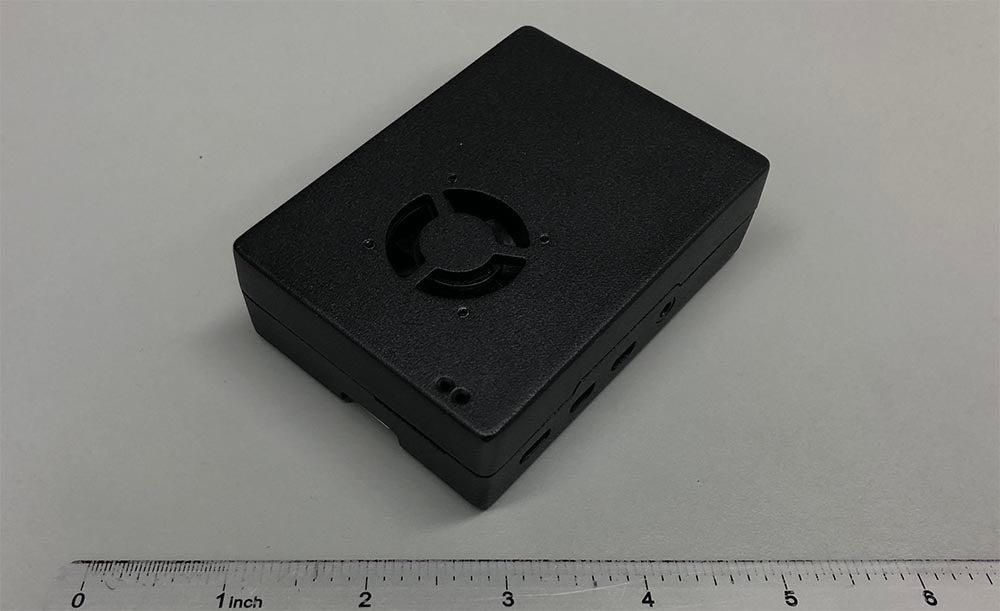
The key to making the system work is that consumers are in control, setting the price at which they’re willing to reduce their power consumption and the price at which they’re willing to sell energy they generate from solar panels or other sources back into the grid, says Dave Chassin, group manager of the Grid Integration Systems and Mobility (GISMo) laboratory at SLAC and principal investigator on the TESS project.
A device about the size of a smartphone controls the home's electricity use based on energy prices that are assessed and recalculated every five minutes according to the energy demands of the market. TESS only controls devices that are flexible in their electricity use – things like a thermostat or refrigerator that don't need to be on all the time to be serving their purpose. (A light bulb, on the other hand, is not flexible, because it needs to be on exactly when you want it on.)
The TESS device tells the utility company how high prices have to rise before the consumer would be willing to cut back on consumption, and at what price they’d be willing to increase their contribution of renewable energy to the grid. When the price of electricity changes, TESS automatically changes the amount of consumption on behalf of the consumer in a way that reduces their cost and maximizes their revenue. All of this information is exchanged via a cloud-based platform.
With TESS, the utility company doesn't determine the price of electricity. It's based solely on supply and demand, and therefore is "demonstrably the efficient price – the correct price," says Chassin. "The thinking is that this will allow utilities to fundamentally change their business mode to become more customer service focused.”
Consumers who have TESS devices in their homes can also choose to get paid more for the electricity they produce and contribute to the grid and pay less for the electricity they consume, Chassin explained. The fact that the system is fully automated and responds to price changes as they happen makes it unlike anything else on the market.
Putting TESS to the test
TESS researchers are partnering with Holy Cross Energy (HCE), an electrical utility cooperative, to deploy TESS devices in December in four homes in Basalt, Colorado, about 180 miles west of Denver. These state-of-the art houses were built by Habitat for Humanity, HCE and other local partners as part of a net-zero, all-electric affordable housing complex for teachers and other local workers. The plan is to put TESS to the test over the winter heating season, when energy use peaks on the HCE system.
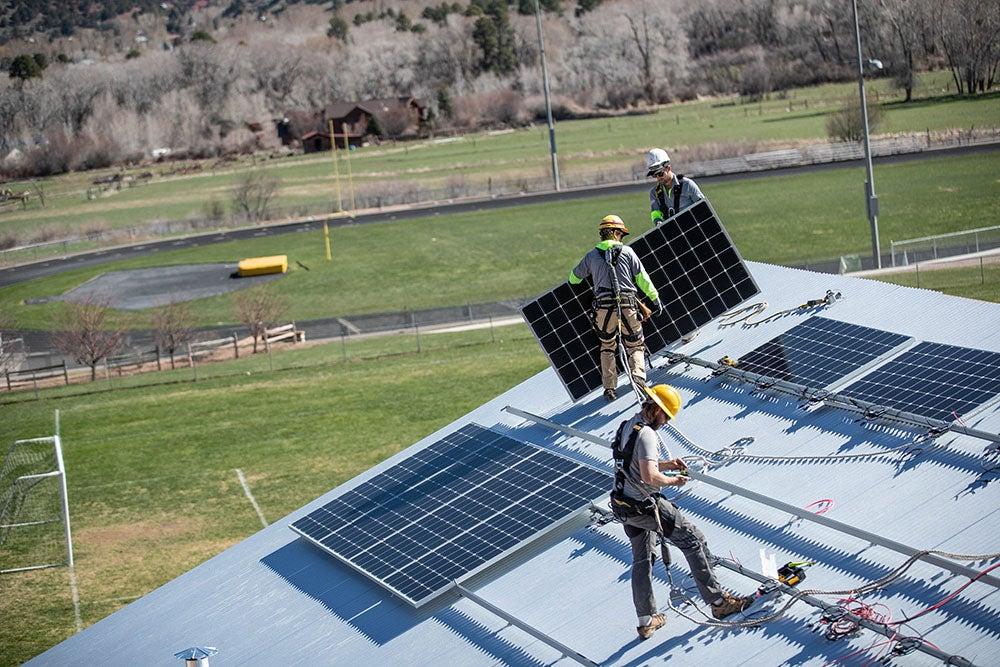
"We're delighted to provide the TESS project with a real-world test bed that can now take what we've learned in the laboratory and bring that forward," says Bryan Hannegan, the CEO of Holy Cross Energy and a former associate laboratory director at the DOE's National Renewable Energy Laboratory. "We see a lot of value and benefits to our business and to our consumers by being at the vanguard of innovation."
Having co-founded the DOE's Grid Modernization Initiative during his NREL days, Hannegan is familiar with the development of the TESS platform and says he believes TESS or an approach like it can help Holy Cross Energy reach its ambitious goal of having a 100% carbon-free power supply by 2030 and having net-zero or better greenhouse gas emissions across their entire enterprise by 2035.
Making clean energy available to all
The next step in TESS's development is to deploy the devices in several hundred homes at three rural communities in Maine and New Hampshire as part of DOE’s Connected Communities program. For this project it’s partnering with the Post Road Foundation, an Oakland-based nonprofit that helps underserved communities build sustainable infrastructure to support high-speed internet and electric grid modernization.
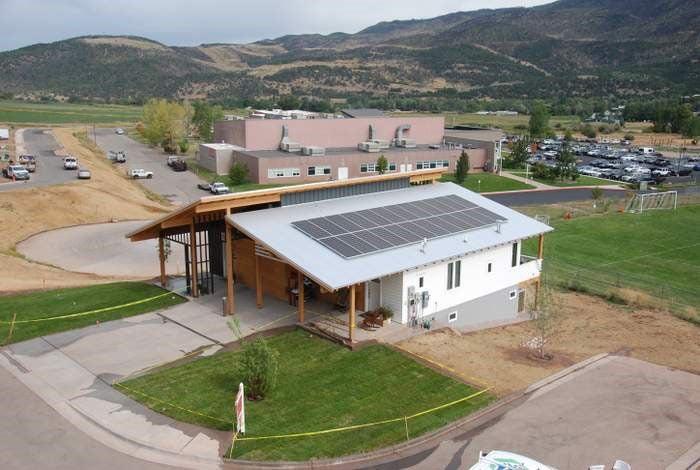
TESS researchers plan to test how well energy storage can be incorporated into the system to increase its resilience and reliability, particularly in the event of an emergency. Meanwhile, the foundation will work on identifying the benefits of TESS for the communities where it’s deployed and finding ways to finance the project in underserved areas.
"When it comes to inequality, we focus on rural areas – areas where energy costs can be a large expense for households," says Seth Hoedl, the president and chief science officer of Post Road. For these rural, underserved consumers, having TESS installed in their homes would make the switch from fuel-oil or propane-powered appliances to electric appliances more cost efficient, Hoedl says. People who install renewable energy devices in their homes stand to benefit even more from TESS’s reduced energy costs and the ability to sell excess energy produced by those renewables.
When considering options for helping the planet, it can often feel like consumers must pick between improving their standard of living or doing what's best for the environment, Hoedl says. TESS not only provides a way to achieve both objectives, but also costs relatively little because it doesn't require building a significant amount of new infrastructure, he says: "It can have really profound financial and operational benefits, and the same climate benefits as building a large renewable energy plant.”
Chassin says, "Things are going to change rather rapidly over the next 10 to 20 years, and technologies like TESS are going to be part of the suite of climate change solutions that utilities are going to start rolling out. Their customers will have more interesting and more useful opportunities to participate in helping to solve the problem."
Funding for TESS comes from the DOE’s Office of Electricity. Funding for TESS Connected Communities comes from the DOE’s Building Technologies Office in the Office of Energy Efficiency and Renewable Energy.
For questions or comments, contact the SLAC Office of Communications at communications@slac.stanford.edu.
SLAC is a vibrant multiprogram laboratory that explores how the universe works at the biggest, smallest and fastest scales and invents powerful tools used by scientists around the globe. With research spanning particle physics, astrophysics and cosmology, materials, chemistry, bio- and energy sciences and scientific computing, we help solve real-world problems and advance the interests of the nation.
SLAC is operated by Stanford University for the U.S. Department of Energy’s Office of Science. The Office of Science is the single largest supporter of basic research in the physical sciences in the United States and is working to address some of the most pressing challenges of our time.
